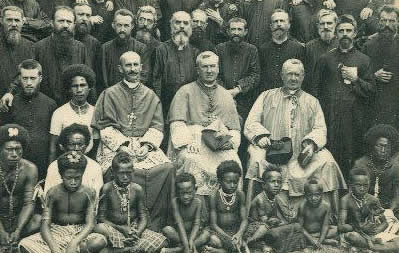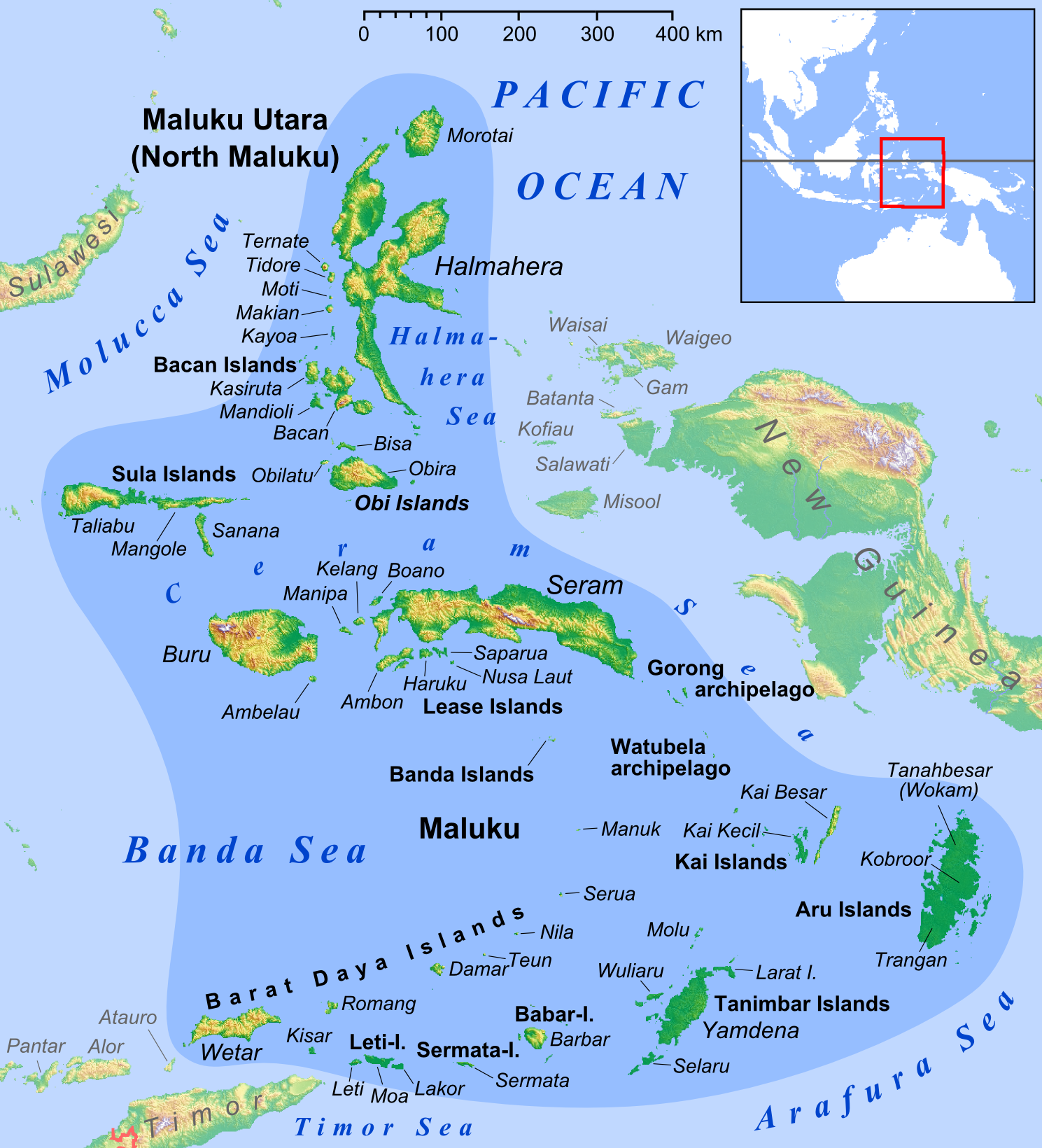|
Cryptophasa Argophanta
''Cryptophasa argophanta'' is a moth in the family Xyloryctidae. It was described by Edward Meyrick in 1917. It is found on New Guinea (Yule Island) and on the Moluccas (Ambon Island). The wingspan The wingspan (or just span) of a bird or an airplane is the distance from one wingtip to the other wingtip. For example, the Boeing 777–200 has a wingspan of , and a wandering albatross (''Diomedea exulans'') caught in 1965 had a wingspan ... is about 38 mm. The forewings are shining white and the stigmata are black, the plical midway between the first and second discal, one or two black scales beneath the second discal and a marginal series of 12 or 13 black dots around the posterior part of the costa and termen. The hindwings are white. Refe ...
|
Edward Meyrick
Edward Meyrick (25 November 1854, in Ramsbury – 31 March 1938, at Thornhanger, Marlborough) was an English schoolmaster and amateur entomologist. He was an expert on microlepidoptera and some consider him one of the founders of modern microlepidoptera systematics. Life and work Edward Meyrick came from a Welsh clerical family and was born in Ramsbury on the Kennet to a namesake father. He was educated at Marlborough College and Trinity College, Cambridge. He actively pursued his hobby during his schooling, and one colleague stated in 1872 that Meyrick "has not left a lamp, a paling, or a tree unexamined in which a moth could possibly, at any stage of its existence, lie hid." Meyrick began publishing notes on microlepidopterans in 1875, but when in December, 1877 he gained a post at The King's School, Parramatta, New South Wales, there were greater opportunities for indulging his interest. He stayed in Australia for ten years (from 1877 until the end of 1886) working a ... [...More Info...] [...Related Items...] OR: [Wikipedia] [Google] [Baidu] |
Moth
Moths are a paraphyletic group of insects that includes all members of the order Lepidoptera that are not butterflies, with moths making up the vast majority of the order. There are thought to be approximately 160,000 species of moth, many of which have yet to be described. Most species of moth are nocturnal, but there are also crepuscular and diurnal species. Differences between butterflies and moths While the butterflies form a monophyletic group, the moths, comprising the rest of the Lepidoptera, do not. Many attempts have been made to group the superfamilies of the Lepidoptera into natural groups, most of which fail because one of the two groups is not monophyletic: Microlepidoptera and Macrolepidoptera, Heterocera and Rhopalocera, Jugatae and Frenatae, Monotrysia and Ditrysia.Scoble, MJ 1995. The Lepidoptera: Form, function and diversity. Oxford, UK: Oxford University Press; 404 p. Although the rules for distinguishing moths from butterflies are not well est ... [...More Info...] [...Related Items...] OR: [Wikipedia] [Google] [Baidu] |
Xyloryctidae
Xyloryctidae is a family of moths contained within the superfamily Gelechioidea described by Edward Meyrick in 1890. Most genera are found in the Indo-Australian region. While many of these moths are tiny, some members of the family grow to a wingspan of up to 66 mm, making them giants among the micromoths. The first recorded instance of a common name for these moths comes from Swainson's ''On the History and Natural Arrangement of Insects'', 1840, where members of the genus ''Cryptophasa'' are described as hermit moths. This is an allusion to the caterpillar's habit of living alone in a purely residential burrow in a tree branch, to which it drags leaves at night, attaching them with silk to the entrance to the burrow and consuming the leaves as they dry out. The name 'timber moths' was coined by the Queensland naturalist Rowland Illidge in 1892, later published in 1895,Illidge, R., 1895: Xylorycts, or timber moths. ''Queensland Nat. Hist. Soc. Trans.,'' 1, 29–34. and s ... [...More Info...] [...Related Items...] OR: [Wikipedia] [Google] [Baidu] |
New Guinea
New Guinea (; Hiri Motu: ''Niu Gini''; id, Papua, or , historically ) is the world's second-largest island with an area of . Located in Oceania in the southwestern Pacific Ocean, the island is separated from Australia by the wide Torres Strait, though both landmasses lie on the same continental shelf. Numerous smaller islands are located to the west and east. The eastern half of the island is the major land mass of the independent state of Papua New Guinea. The western half, known as Western New Guinea, forms a part of Indonesia and is organized as the provinces of Papua, Central Papua, Highland Papua, South Papua, Southwest Papua, and West Papua. The largest cities on the island are Jayapura (capital of Papua, Indonesia) and Port Moresby (capital of Papua New Guinea). Names The island has been known by various names: The name ''Papua'' was used to refer to parts of the island before contact with the West. Its etymology is unclear; one theory states that ... [...More Info...] [...Related Items...] OR: [Wikipedia] [Google] [Baidu] |
Yule Island
Yule Island is a small island in Central Province, Papua New Guinea. It is located 160 km NW from Port Moresby, on the south coast of Papua New Guinea. History Yule Island was probably named after Charles Bampfield Yule, a Royal Navy officer who surveyed the area from 1842–1845.Quanchi, ''Historical Dictionary of the Discovery and Exploration of the Pacific Islands'', page 251 It was one of the first areas in Central Province to have contact with Europeans. The Catholic Missionaries of the Sacred Heart began a mission in 1885. The mission was successfully led from 1900 to 1945 by Bishop Henry Verius. With the European missionaries came catechists from the Philippines, some of which married into the local population. Today, many inhabitants of Yule Island have distinct European and Filipino features. The visit of Australian poet James McAuley to the mission at Yule Island in 1949 made a profound spiritual impression on him and contributed to his conversion to Catholicism ... [...More Info...] [...Related Items...] OR: [Wikipedia] [Google] [Baidu] |
Moluccas
The Maluku Islands (; Indonesian: ''Kepulauan Maluku'') or the Moluccas () are an archipelago in the east of Indonesia. Tectonically they are located on the Halmahera Plate within the Molucca Sea Collision Zone. Geographically they are located east of Sulawesi, west of New Guinea, and north and east of Timor. Lying within Wallacea (mostly east of the biogeographical Weber Line), the Maluku Islands have been considered as a geographical and cultural intersection of Asia and Oceania. The islands were known as the Spice Islands because of the nutmeg, mace and cloves that were exclusively found there, the presence of which sparked colonial interest from Europe in the sixteenth century. The Maluku Islands formed a single province from Indonesian independence until 1999, when it was split into two provinces. A new province, North Maluku, incorporates the area between Morotai and Sula, with the arc of islands from Buru and Seram to Wetar remaining within the existing Maluku ... [...More Info...] [...Related Items...] OR: [Wikipedia] [Google] [Baidu] |
Ambon Island
Ambon Island is part of the Maluku Islands of Indonesia. The island has an area of and is mountainous, well watered, and fertile. Ambon Island consists of two territories: the city of Ambon to the south and various districts (''kecamatan'') of the Central Maluku Regency to the north. The main city and seaport is Ambon (with a 2020 Census population of 347,288), which is also the capital of Maluku province, while those districts of Maluku Tengah Regency situated on Ambon Island had a 2020 Census population of 128,069. Ambon has an airport and is home to the Pattimura University and Open University (Universitas Terbuka), state universities, and a few private universities, which include Darussalam University (Universitas Darussalam, UNDAR) and Universitas Kristen Indonesia Maluku (UKIM). Geography Ambon Island lies off the southwest coast of the much larger Seram island. It is on the north side of the Banda Sea, part of a chain of volcanic islands that encircle the sea. It ... [...More Info...] [...Related Items...] OR: [Wikipedia] [Google] [Baidu] |
Wingspan
The wingspan (or just span) of a bird or an airplane is the distance from one wingtip to the other wingtip. For example, the Boeing 777–200 has a wingspan of , and a wandering albatross (''Diomedea exulans'') caught in 1965 had a wingspan of , the official record for a living bird. The term wingspan, more technically extent, is also used for other winged animals such as pterosaurs, bats, insects, etc., and other aircraft such as ornithopters. In humans, the term wingspan also refers to the arm span, which is distance between the length from one end of an individual's arms (measured at the fingertips) to the other when raised parallel to the ground at shoulder height at a 90º angle. Former professional basketball player Manute Bol stood at and owned one of the largest wingspans at . Wingspan of aircraft The wingspan of an aircraft is always measured in a straight line, from wingtip to wingtip, independently of wing shape or sweep. Implications for aircraft design an ... [...More Info...] [...Related Items...] OR: [Wikipedia] [Google] [Baidu] |
Cryptophasa
''Cryptophasa'' is a genus of moth Moths are a paraphyletic group of insects that includes all members of the order Lepidoptera that are not butterflies, with moths making up the vast majority of the order. There are thought to be approximately 160,000 species of moth, many of w ...s of the family Xyloryctidae. Species * '' Cryptophasa aethoptera'' Meyrick, 1938 * '' Cryptophasa aglaodes'' (Lower, 1893) * '' Cryptophasa albacosta'' Lewin, 1805 * '' Cryptophasa alphitodes'' Turner, 1904 * '' Cryptophasa amphicroca'' Meyrick, 1925 * '' Cryptophasa antalba'' Diakonoff, 1966 * '' Cryptophasa argophanta'' Meyrick, 1917 * '' Cryptophasa argyrias'' Turner, 1906 * '' Cryptophasa argyrocolla'' Turner, 1917 * '' Cryptophasa arithmologa'' Meyrick, 1938 * '' Cryptophasa atecmarta'' Turner, 1917 * '' Cryptophasa balteata'' (Walker, 1866) * '' Cryptophasa blosyra'' Turner, 1917 * '' Cryptophasa byssinopis'' Turner, 1902 * '' Cryptophasa cannea'' (Lucas, 1901) * '' Cryptophasa catharia'' ... [...More Info...] [...Related Items...] OR: [Wikipedia] [Google] [Baidu] |





